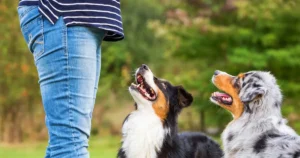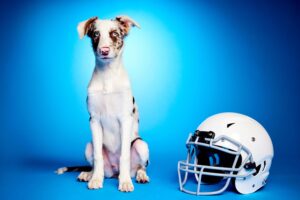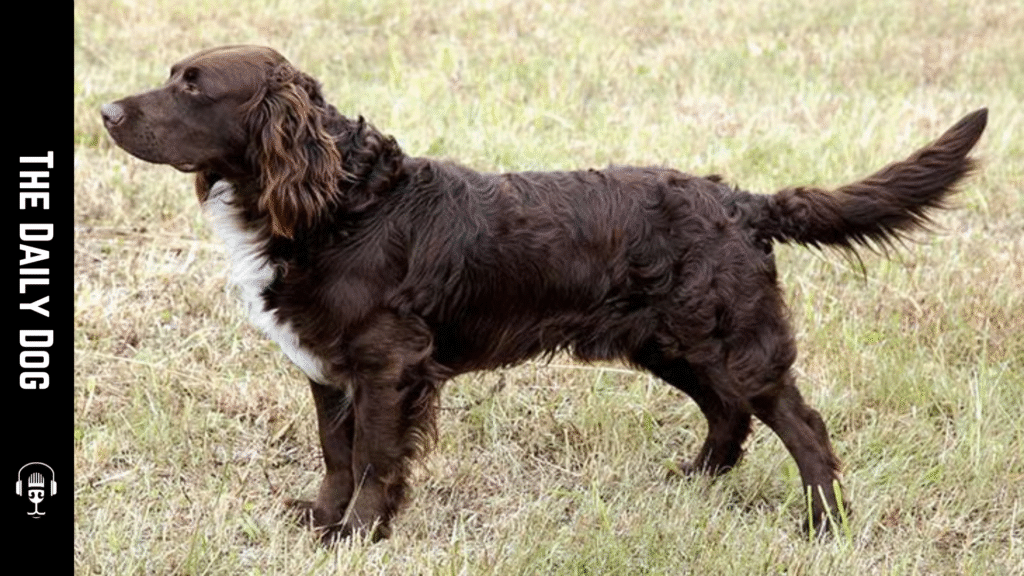The Deutscher Wachtelhund, often called the German Spaniel, is a dynamic and lesser-known breed outside its homeland. Rooted in centuries of German hunting tradition, this robust gundog combines intelligence, loyalty, and adaptability. Whether you’re a hunter seeking a reliable companion or a dog enthusiast curious about unique breeds, this article explores everything you need to know about the Deutscher Wachtelhund.
Origins and Historical Significance
The Deutscher Wachtelhund’s lineage traces back to early 19th-century Germany, where it was selectively bred from the now-extinct Stöberer (a flushing dog). Rudolf Friess, a German breeder, is credited with standardizing the breed in the late 1800s to create a versatile hunting dog capable of tracking, flushing, and retrieving game in dense forests and wetlands.
Historically, these dogs were prized by gamekeepers and foresters for their stamina and ability to work independently. Unlike many spaniels, the Wachtelhund was bred to handle larger game such as wild boar and deer, making it a favorite among hunters in Central Europe. Its name translates to “German quail dog,” though its skills extend far beyond bird hunting.
Physical Characteristics: Built for the Field
The Deutscher Wachtelhund is a medium-sized dog, standing 18–21 inches tall and weighing 40–55 pounds. Its muscular build and webbed feet make it well-suited for rugged terrain and waterwork. Key features include:
- Coat: A dense, wavy or curly double coat that repels water and protects against brambles. Common colors are solid brown, brown roan, or red roan, often with white markings.
- Ears: Long, feathered ears frame an expressive face.
- Tail: Traditionally docked in hunting lines to prevent injury, though undocked tails are increasingly common in non-working dogs.
This breed’s robust physique allows it to thrive in harsh weather, while its compact size ensures agility in dense underbrush.
Temperament: A Loyal and Energetic Partner
Deutscher Wachtelhunds are renowned for their work ethic, but their temperament extends beyond the field. Here’s what to expect:
- Intelligence and Independence: Bred to make quick decisions in the wild, these dogs are sharp problem-solvers. However, their independence can translate to stubbornness, requiring patient training.
- Loyalty: They form strong bonds with their families and thrive on companionship. Isolation or neglect can lead to destructive behavior.
- High Energy: A working breed needs vigorous daily exercise (90+ minutes). Activities like hiking, swimming, or scent games are ideal.
- Prey Drive: Their hunting instincts are strong. Proper socialization is critical to managing interactions with smaller pets.
While wary of strangers, Wachtelhunds are not aggressive. They make excellent watchdogs, alerting owners to unusual activity with a deep, resonant bark.
Training and Socialization Tips
Training a Deutscher Wachtelhund demands consistency and positivity. Key strategies include:
- Early Socialization: Expose puppies to diverse environments, people, and animals to curb overconfidence or timidity.
- Positive Reinforcement: Reward-based methods (treats, praise) work best. Harsh corrections can trigger defiance.
- Job-Based Activities: Channel their energy into tasks like tracking drills, agility courses, or fetch games. Mental stimulation is as vital as physical exercise.
- Leash Training: Reliable recall is essential for off-leash safety due to their strong prey drive.
Hunters should introduce gunfire gradually and reinforce retrieving instincts with dummy drills.
Health and Lifespan
With a lifespan of 12–14 years, the Deutscher Wachtelhund is generally healthy but prone to a few breed-specific conditions:
- Hip Dysplasia: Common in active breeds. Maintain a healthy weight and avoid over-exercising puppies.
- Ear Infections: Their floppy ears trap moisture. Weekly cleaning with a vet-approved solution can prevent issues.
- Eye Problems: Progressive Retinal Atrophy (PRA) and cataracts are rare but possible. Annual vet check-ups are recommended.
Reputable breeders screen for genetic conditions. Their active lifestyle is supported by a high-quality diet rich in protein and omega fatty acids.
Grooming Needs
Their low-maintenance coat requires weekly brushing to prevent mats and remove debris. Seasonal shedding occurs twice a year, during which daily brushing is helpful. Additional care includes:
- Trimming nails every 3–4 weeks.
- Dental hygiene (brushing 2–3 times weekly).
- Regular ear checks after swimming or fieldwork.
Is the Deutscher Wachtelhund Right for You?
This breed is not suitable for casual owners. Ideal homes include:
- Active individuals or families with rural/ suburban space.
- Hunters or outdoors enthusiasts seeking a multipurpose partner.
- Experienced dog handlers who can provide structure and engagement.
Urban dwellers or those with limited time may struggle to meet this dog’s needs.
Preserving a German Legacy
The Deutscher Wachtelhund remains a cornerstone of Germany’s hunting culture, celebrated for its versatility and tenacity. While rare outside Europe, its popularity is growing among hunters and sport-dog enthusiasts worldwide. For the right owner, this breed offers unmatched loyalty and a dynamic partnership rooted in centuries of tradition.
By understanding their history, needs, and spirited nature, you can determine if the Deutscher Wachtelhund is the perfect addition to your adventures, whether in the field or at home.
We offer a FREE Strategy Call.
Click on the graphic to learn more
Read More

Choosing the Best Dog Training Classes in Anchorage, Alaska: A Complete Guide









